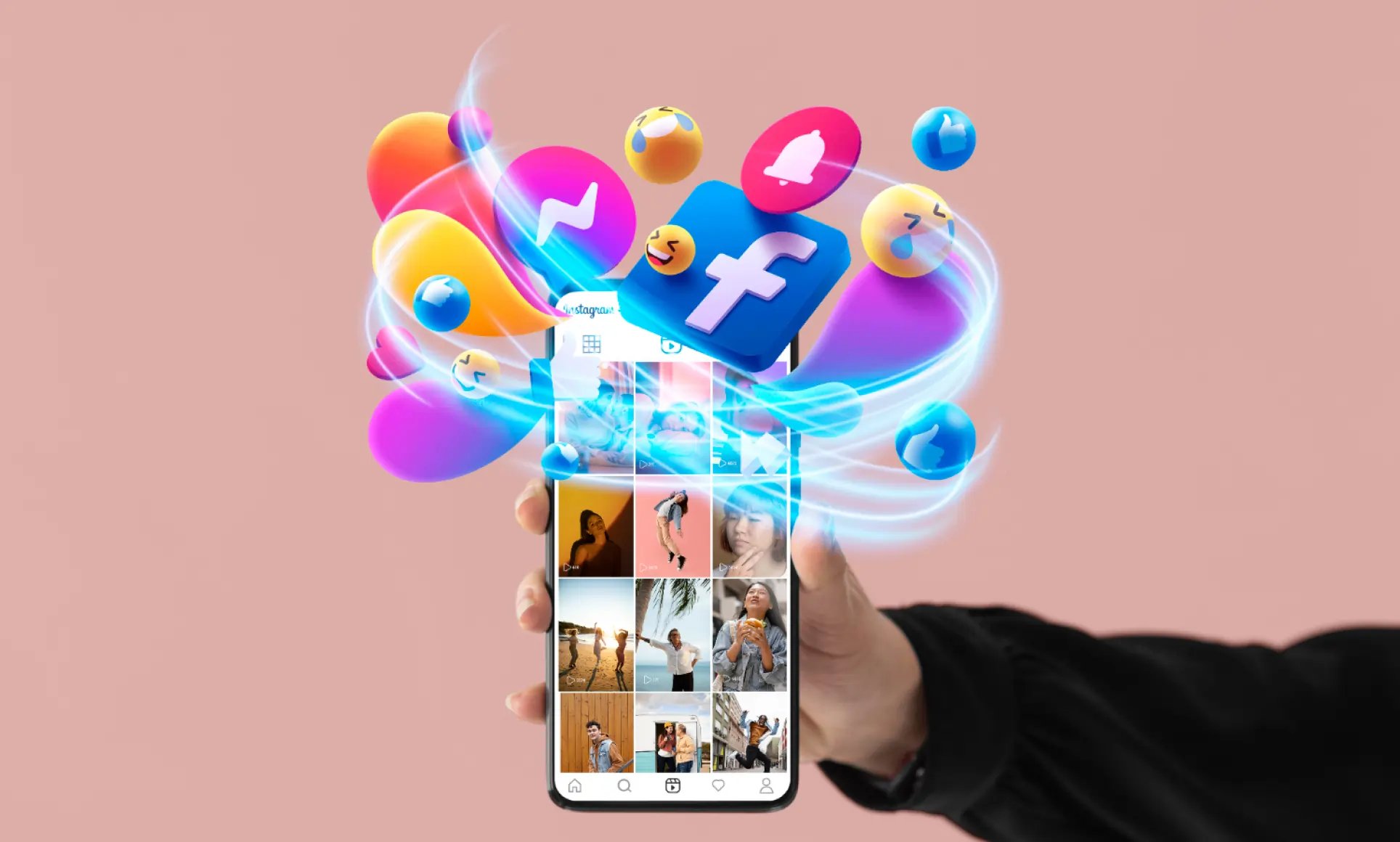
Raw content wins on engagement, trust, and relatability. Polished content excels in projecting professionalism and authority. Striking the right balance between these two approaches is key for social media success. Here’s what you need to know:
- Raw content: Think unfiltered, unscripted moments like behind-the-scenes videos or user-generated posts. It connects emotionally, builds trust, and is cheaper to produce. Platforms like TikTok and Instagram Stories favor this style.
- Polished content: High-quality visuals and carefully crafted messages work best for luxury brands, formal channels, or industries like finance and healthcare. It ensures consistency and credibility on platforms like LinkedIn.
Quick Comparison
| Metric | Raw Content | Polished Content |
|---|---|---|
| Engagement | Higher (8.7× more for UGC) | Lower, but visually appealing |
| Trust | Stronger connection with audiences | Works well in authority-driven fields |
| Cost | Low production costs | High production costs |
| Purchase Influence | 90% influenced by user posts | Effective for premium positioning |
| Platform Fit | TikTok, Instagram Stories | LinkedIn, formal business channels |
Takeaway: Use raw content to connect and engage, polished content to reinforce professionalism. Blend both for a well-rounded strategy tailored to your audience and platform.
Authenticity Over Perfection: Why “Polished” Might Be Hurting Your Brand
What Is Raw Content?
Raw content is all about showcasing unfiltered, real-life moments. It’s unscripted, relatable, and gives audiences a peek behind the curtain rather than a polished, staged performance.
Features of Raw Content
What makes raw content stand out? It’s the authenticity packed into every post. User-generated content (UGC) plays a huge role here. Think of customers sharing their real experiences with a product or service - whether it’s a quick smartphone video, a candid photo, or a spur-of-the-moment Story. These moments feel genuine because they are.
Behind-the-scenes glimpses and personal storytelling are also key. This could include showing how your product gets made, a day in the life at your business, or employees sharing their work experiences. From founders talking about challenges to teams celebrating small wins, these moments bring a human element to your brand.
Then there are the unfiltered moments - the ones with imperfect lighting, background noise, or unexpected interruptions. These "flaws" actually make the content feel more real. On platforms like Instagram and TikTok, you’ll often see this type of content in Stories, Reels, or live streams, where minimal editing and natural lighting are the norm.
All these elements combine to create content that feels approachable and relatable, which is why it resonates so strongly with audiences.
Why Raw Content Engages Audiences
Raw content connects with people on a deeper level because it embraces imperfections. A Sprout Social study found that 77% of consumers are more likely to engage with content that feels genuine and relatable. That’s a big deal.
This type of content builds trust through transparency and vulnerability. It humanizes brands, making them feel more approachable. In fact, studies show that authentic content can boost trust by 65% and relatability by 48% compared to polished posts. Plus, 63% of global consumers prefer buying from companies that align with their values and beliefs.
For U.S. audiences, this connection is even stronger. Americans tend to value individuality and authenticity, so they’re naturally drawn to content that feels personal and unscripted.
There’s also a practical side to raw content. It’s quicker and cheaper to produce than highly polished material. This allows brands to create more content and respond faster to trends or feedback. The result? A more dynamic online presence and stronger community engagement.
While polished content might look professional, it often feels distant or unattainable. Raw content, by contrast, creates meaningful connections that lead to lasting customer loyalty and organic word-of-mouth buzz.
As AdWeek points out, understanding these trends is essential for marketers who want to break through the digital noise and build real engagement - especially on visually driven platforms like Instagram and TikTok.
What Is Professional Content?
Professional content represents the polished, highly curated side of social media marketing. It focuses on delivering high production value, consistent branding, and aspirational messaging that showcases brands in their best light.
Unlike raw, unfiltered posts, professional content is meticulously planned and executed. This often involves professional photography, videography, graphic design, and copywriting to create a flawless look that aligns with strict brand guidelines. For instance, a luxury brand like Tiffany & Co. might highlight its products using studio-quality lighting, while major retailers roll out seasonal campaigns with carefully coordinated visuals across multiple platforms.
The strength of professional content lies in its ability to project credibility, authority, and a clear brand identity. This approach works particularly well in industries like finance, luxury goods, and healthcare, where trust and expertise are non-negotiable. It also taps into the aspirational values of success and quality that resonate deeply in the U.S., making it an effective tool for building a polished and trustworthy brand image.
Features of Professional Content
Professional content stands out due to several defining features.
- High-quality visuals: It relies on high-resolution images and videos, enhanced by editing, consistent color schemes, and branded fonts to create a cohesive visual identity.
- Scripted messaging: The copy is carefully crafted to align with the brand’s voice and marketing goals, often incorporating branded hashtags and aligning with product launches or campaigns.
- Specialized production: Professional equipment, controlled lighting, and post-production editing are used to achieve a flawless, polished look. For example, fitness influencers might share professionally edited workout videos, and tech companies often unveil new products with sleek promotional materials.
- Strategic planning: These posts are usually part of a larger strategy, which may include influencer partnerships, coordinated launches, and campaigns designed to maximize reach and engagement.
The Problems with Professional Content
Despite its visual appeal, professional content faces some hurdles in today’s social media environment. While its polished nature conveys sophistication, it can sometimes feel disconnected from audiences who crave authenticity. Overly staged posts may come across as inauthentic or unattainable, making it harder for everyday consumers to relate to the brand.
This excessive curation can also lead to skepticism. As audiences become more adept at spotting overly polished content, they may question its sincerity. Additionally, with advanced design tools now widely available, professional-looking content is no longer as rare or distinctive as it once was.
On platforms like Instagram and TikTok, where authenticity and relatability are highly prized, an overemphasis on perfection can alienate followers. Brands that rely solely on polished content risk losing the trust and engagement of their audience, ultimately undermining long-term loyalty.
sbb-itb-3858882
Comparison: Raw vs. Professional Content
Both raw and professional content play crucial roles in driving audience growth, but raw content often takes the lead in engagement. For example, user-generated content (UGC) achieves 8.7× more engagement compared to branded content.
A key reason for this is authenticity. About 86% of consumers say that authenticity influences their support for a brand, while 81% consider trust a critical factor when making a purchase. Raw content, with its relatable and honest feel, tends to build this trust more effectively than overly polished posts, which can sometimes come across as insincere.
"People don't go on social media to be sold to. They go to be entertained, to relate, and to feel something real."
– Rachel R. Pitchford, Owner & Principal Consultant at Life Advisors
Another advantage of raw content is cost. It requires minimal production expenses, as it eliminates the need for professional equipment, studio time, and extensive editing, ultimately boosting ROI.
On the other hand, professional content shines in situations where credibility and authority are essential. Luxury brands, for instance, benefit from polished visuals that convey expertise and reliability. This type of content performs particularly well in brand awareness campaigns, where maintaining visual consistency across platforms is key.
Performance Comparison Table
| Metric | Raw Content | Professional Content |
|---|---|---|
| Engagement Rate | 8.7× higher than branded content | Lower engagement, higher visual appeal |
| Consumer Trust | 77% prefer genuine, relatable content | Strong in authority-driven industries |
| Cost Efficiency | Low production costs, high ROI | High production costs, variable ROI |
| Purchase Influence | 90% of shoppers influenced by UGC | Effective for luxury/premium positioning |
| Authenticity Preference | 76% value authentic over polished | 24% prefer high production value |
| Platform Performance | Excels on TikTok and Instagram Stories | Strong on LinkedIn and formal channels |
UGC has a powerful impact on purchasing decisions, with 90% of shoppers saying it influences their choices. This is largely because peer-to-peer recommendations feel more like trusted advice. Additionally, 76% of consumers prioritize authentic, relatable content over polished, high-production posts. This shift in preferences is particularly noticeable among Millennials and Gen Z.
While raw content excels in generating immediate engagement, professional content builds long-term brand equity. Its polished look enhances brand recognition and communicates quality, which can justify premium pricing and foster customer loyalty.
Platform performance also differs significantly. Raw content thrives on platforms like TikTok and Instagram Stories, where algorithms reward authentic engagement. In contrast, professional content performs better on LinkedIn and other formal business channels, where polished presentation aligns with audience expectations.
Ultimately, while raw content delivers quick, relatable engagement, professional content remains a cornerstone for establishing credibility and long-term brand positioning in the U.S. market.
Best Practices for Using Both Content Types
The choice between raw and polished content isn’t about picking one over the other - it’s about understanding your audience and meeting their expectations. The most effective strategies use both, tailoring content to the platform, audience, and goals. This balance helps brands stay genuine while maintaining a professional image.
When to Use Raw Content
Raw content is perfect for building trust, especially with Gen Z. In fact, 71% of this group prefers raw, unscripted influencer content over polished alternatives. They can easily spot overly rehearsed material and value authenticity above all else.
Platforms like TikTok and Instagram Stories thrive on this kind of unfiltered, spontaneous content. These spaces are ideal for behind-the-scenes moments or casual updates that feel more like conversations than performances. As Dan Fleyshman, an industry expert, explains:
"There will be 500-800% more engagement from a mobile phone than a fancy camera".
This is because mobile phone content feels more relatable and genuine, often driving significantly higher engagement than professional-grade footage.
Raw content works well for community-building efforts, live Q&A sessions, and authentic glimpses into your brand’s daily operations. For example, show your team at work, share customer testimonials in their own words, or give followers a peek behind the curtain of your creative process.
Even on professional platforms like LinkedIn, raw content can shine. Vulnerable posts from leaders, honest reflections on business challenges, and transparent updates often outperform more polished corporate communications. In B2B contexts, decision-makers value honesty and connection over perfection.
When to Use Professional Content
Polished content, on the other hand, is crucial for building credibility and ensuring consistency across more formal channels. It’s especially effective when promoting premium products, launching brand awareness campaigns, or targeting older audiences who associate high production quality with trustworthiness.
Platforms like LinkedIn’s main feed and Facebook cater well to professional content, particularly when reaching Gen X and Boomers. These users often expect a more refined presentation, which aligns with their preferences for professionalism.
Use polished visuals for product launches, brand partnerships, and campaigns that highlight your expertise or justify premium pricing. Industries like finance, healthcare, and luxury goods often rely on this level of sophistication to maintain their reputation and appeal.
Professional content also works best for evergreen materials - things like website headers, email campaigns, or paid ads. These touchpoints require a consistent, high-quality look that reinforces your brand identity across the board.
Combining Both Approaches
The real magic happens when you blend raw and professional content. For instance, you can integrate user-generated content (UGC) into curated campaigns to build trust and engagement. Brands like Crocs and Ocean Spray have done this successfully on TikTok, using authentic user content to create social proof while staying visible.
Balance polished and raw content by alternating between the two. For example, follow a professional product launch with behind-the-scenes footage, or pair sleek testimonials with candid customer reactions.
Repurposing content can also help you maximize its impact. Take a professionally shot video and adapt it for Instagram Stories, or share outtakes from a polished shoot as fun, relatable content. These small tweaks can make your brand feel more approachable without losing its professional edge.
Finally, leave room for spontaneity. Let your team contribute to your brand’s voice and embrace authentic, unscripted moments. Not every post needs to be perfect - some of the most engaging content comes from unexpected, genuine interactions with your audience.
Conclusion: Key Takeaways for U.S. Social Media Marketers
Striking the right balance between raw and polished content is key to connecting with your audience. Younger consumers are especially drawn to authentic, user-created moments - 92% of them prefer this type of content over polished ads. However, both styles of content have their place and purpose within a well-rounded strategy.
Building trust is non-negotiable, with 81% of consumers stating it’s critical to their purchase decisions. Campaigns that include user-generated content not only boost web conversions by 29% but also earn the trust of 88% of consumers. These stats clearly show that authenticity isn’t just a buzzword - it directly influences your bottom line.
The platform you choose plays a major role in determining your content style. TikTok and Instagram Stories thrive on casual, conversational, and mobile-shot content, while LinkedIn’s professional audience leans toward polished, formal presentations. Understanding where your audience spends their time and tailoring your content to match their expectations on each platform is essential for success.
A mixed content strategy is the way forward. Aiming for a blend of approximately 25% curated content and 65% original content can help maintain brand consistency while keeping your messaging relatable and human. This approach ensures you meet diverse audience expectations while staying true to your brand identity.
Looking ahead, brands that skillfully combine both raw and polished content will stand out. While younger audiences gravitate toward unfiltered, authentic content, older demographics often associate high production quality with trustworthiness. Use polished content for product launches and awareness campaigns, and balance it with behind-the-scenes footage or real customer stories to foster credibility and build stronger connections.
Ultimately, a tailored, dual-content approach drives engagement and builds lasting trust. Research reveals that 67% of marketers who adapt their strategies for each platform see improved ROI. By understanding your audience’s values, challenges, and behaviors, you can craft content that resonates deeply. Focus on fostering authentic connections while maintaining professionalism, and you’ll be well-positioned to maximize engagement and conversions in today’s competitive social media landscape.
FAQs
How can brands combine authenticity with polished content to build trust and boost engagement on social media?
Brands can effectively merge a genuine tone with visually appealing content by staying consistent with their unique voice while enhancing visuals to captivate their audience. The goal is to craft content that feels relatable and real, yet polished enough to maintain a professional edge.
Platforms like Instagram and TikTok thrive on transparency and storytelling rooted in real-life experiences. By combining raw, unfiltered moments with thoughtful design touches or subtle edits, brands can build trust, strengthen connections, and boost engagement. This balance of sincerity and professionalism is essential for cultivating long-term audience growth.
How do I decide between using authentic or polished content for different social media platforms?
Deciding whether to go with raw, unfiltered content or more polished, professional posts comes down to the platform you're using and who you're trying to reach.
Platforms like Instagram and TikTok thrive on authentic, unfiltered content. People on these platforms appreciate relatability and transparency, which can help build trust and encourage stronger connections with your audience.
In contrast, polished, professional content tends to perform better on platforms like LinkedIn or Facebook. These spaces often call for high-quality visuals and a more refined tone, aligning with their focus on professionalism. By understanding the tone, audience preferences, and engagement patterns of each platform, you can tailor your approach to create content that truly resonates.
Why is authentic content so important for building trust and influencing buying decisions?
Authentic content plays a key role in earning consumer trust by fostering transparency and relatability. People naturally gravitate toward brands that feel genuine and approachable, rather than those that come across as overly polished or focused solely on sales.
Studies reveal that authenticity is a major factor for consumers when choosing which brands to support. Take user-generated content, for instance - it’s often perceived as more reliable and relatable, making it a highly effective way to build credibility. By prioritizing authenticity, brands can deepen trust, encourage loyalty, and ultimately inspire more purchases and long-lasting relationships.



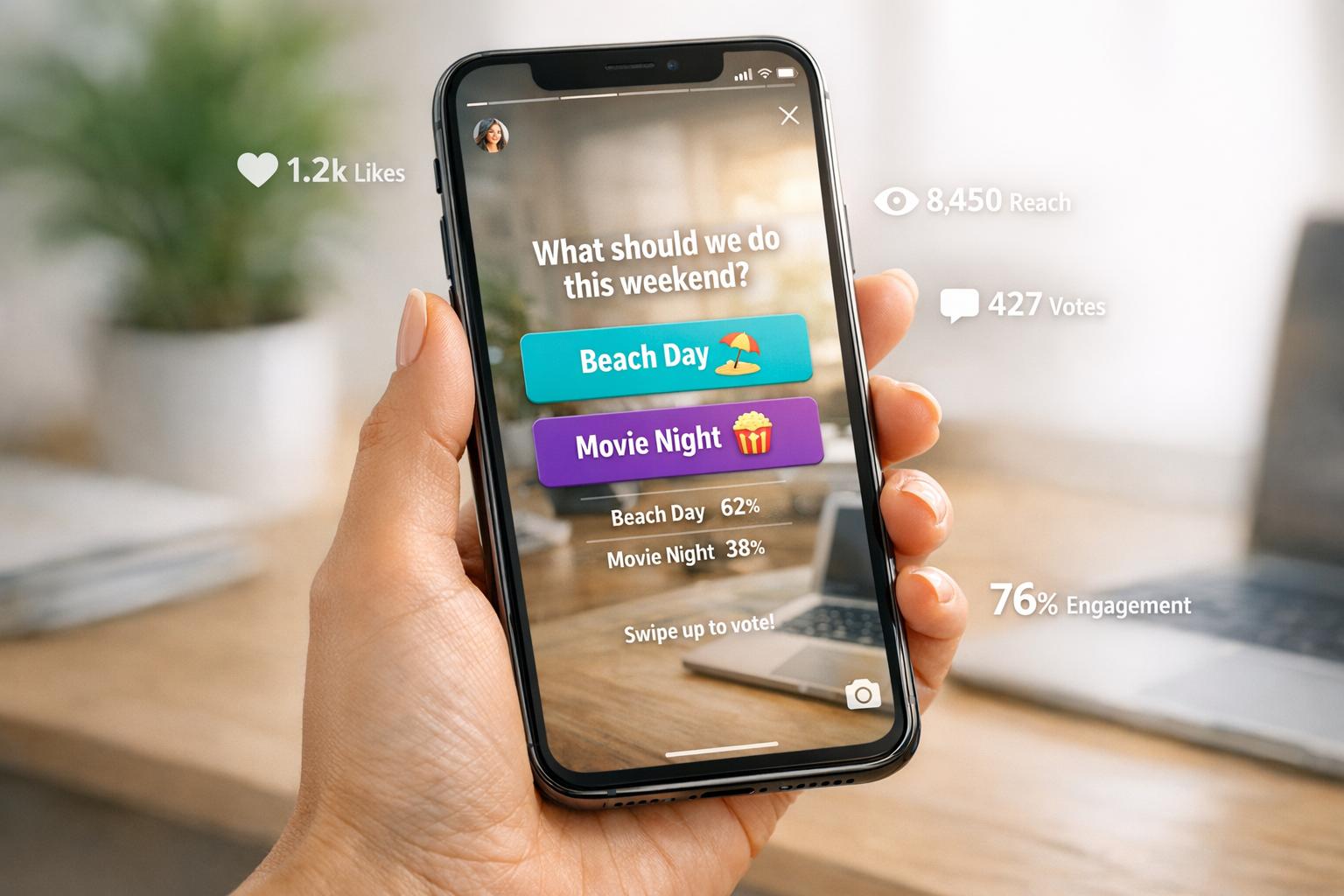
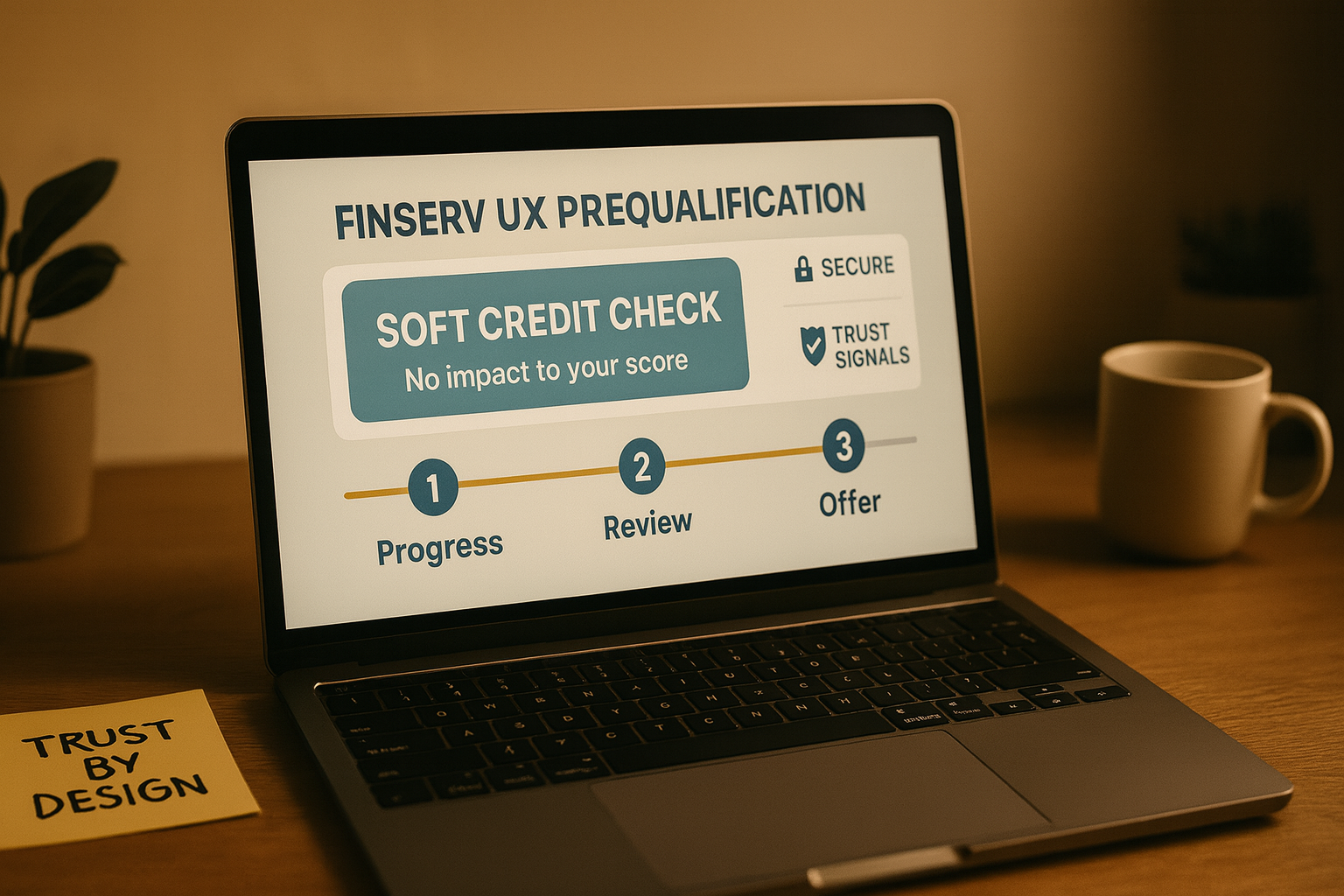
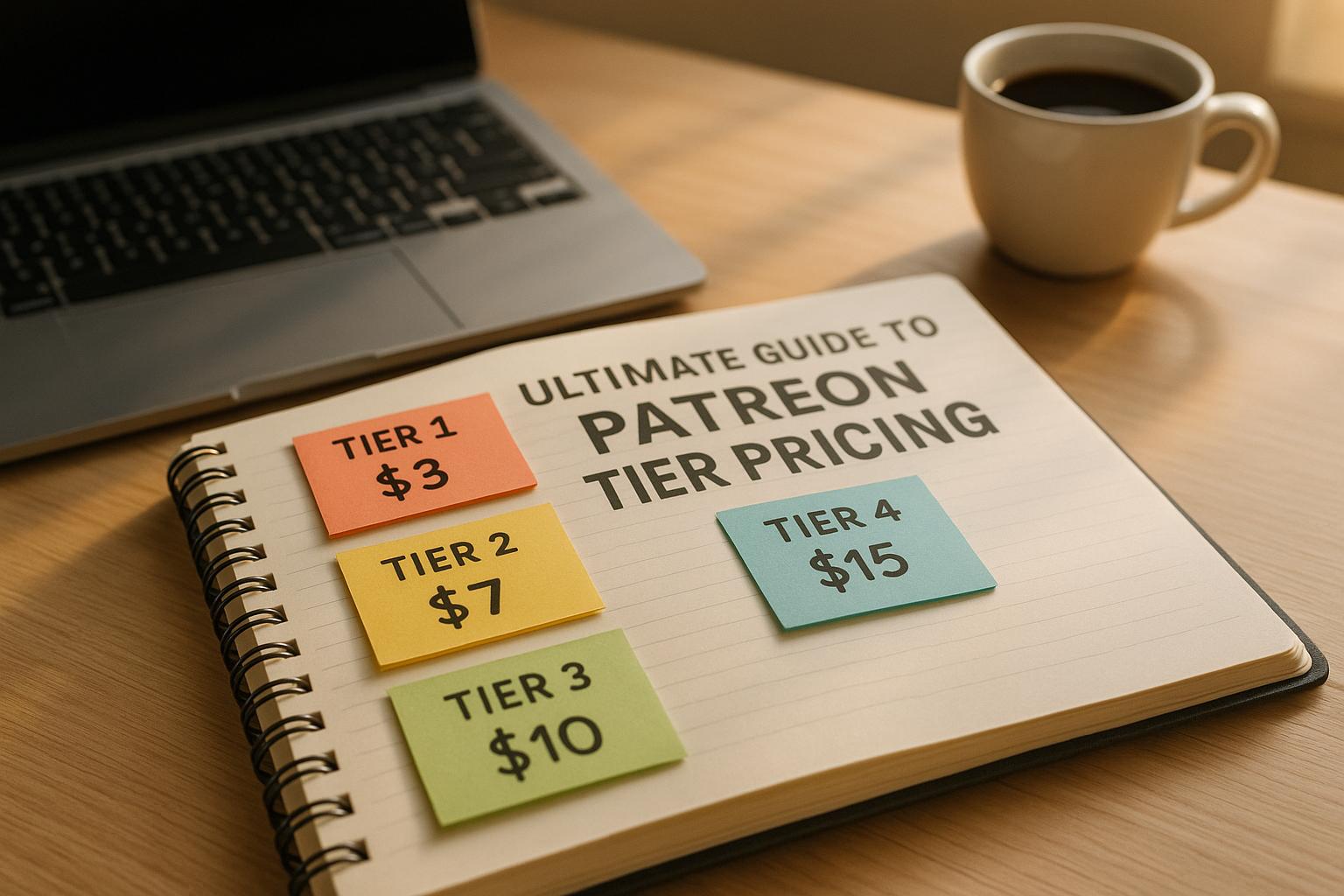


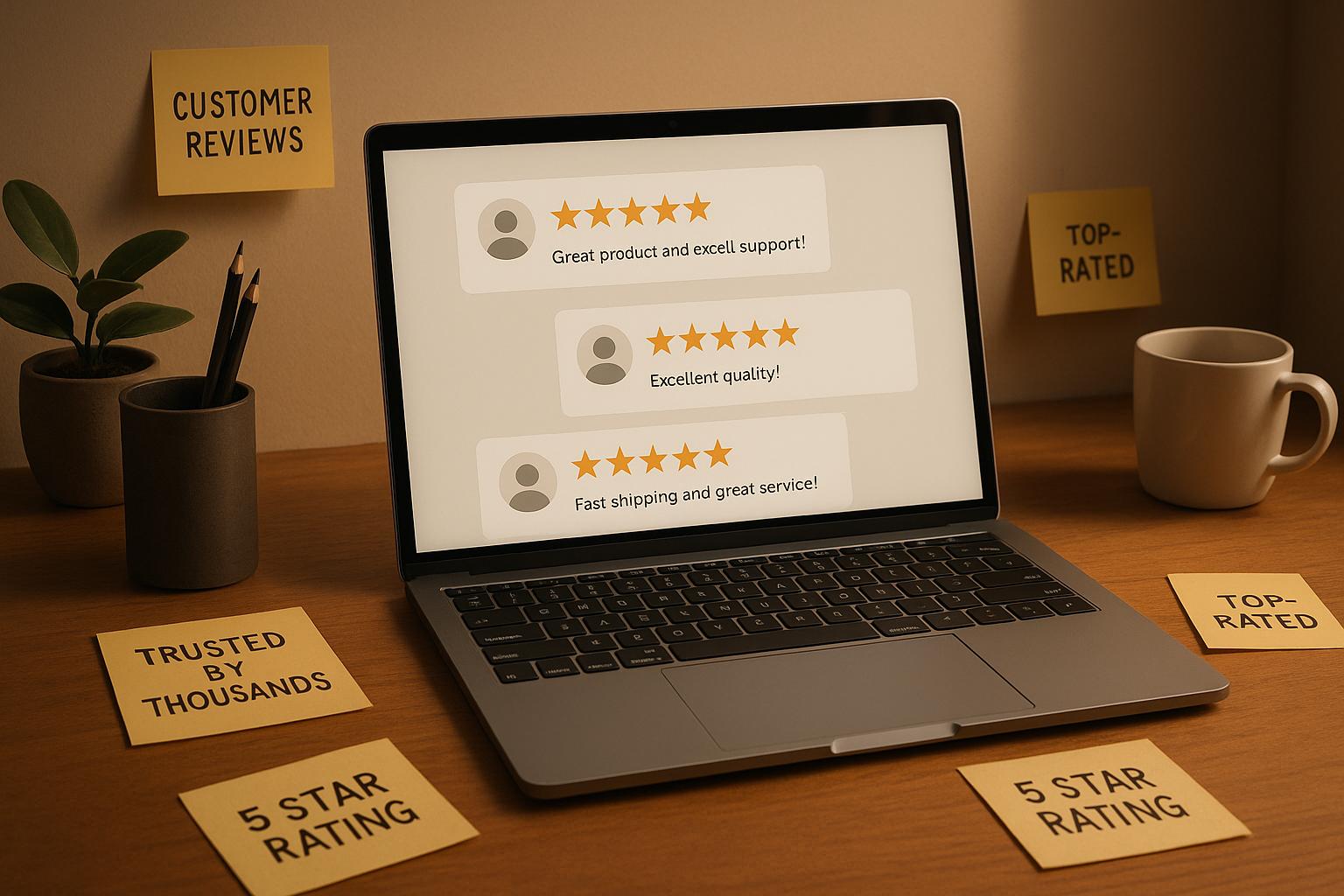
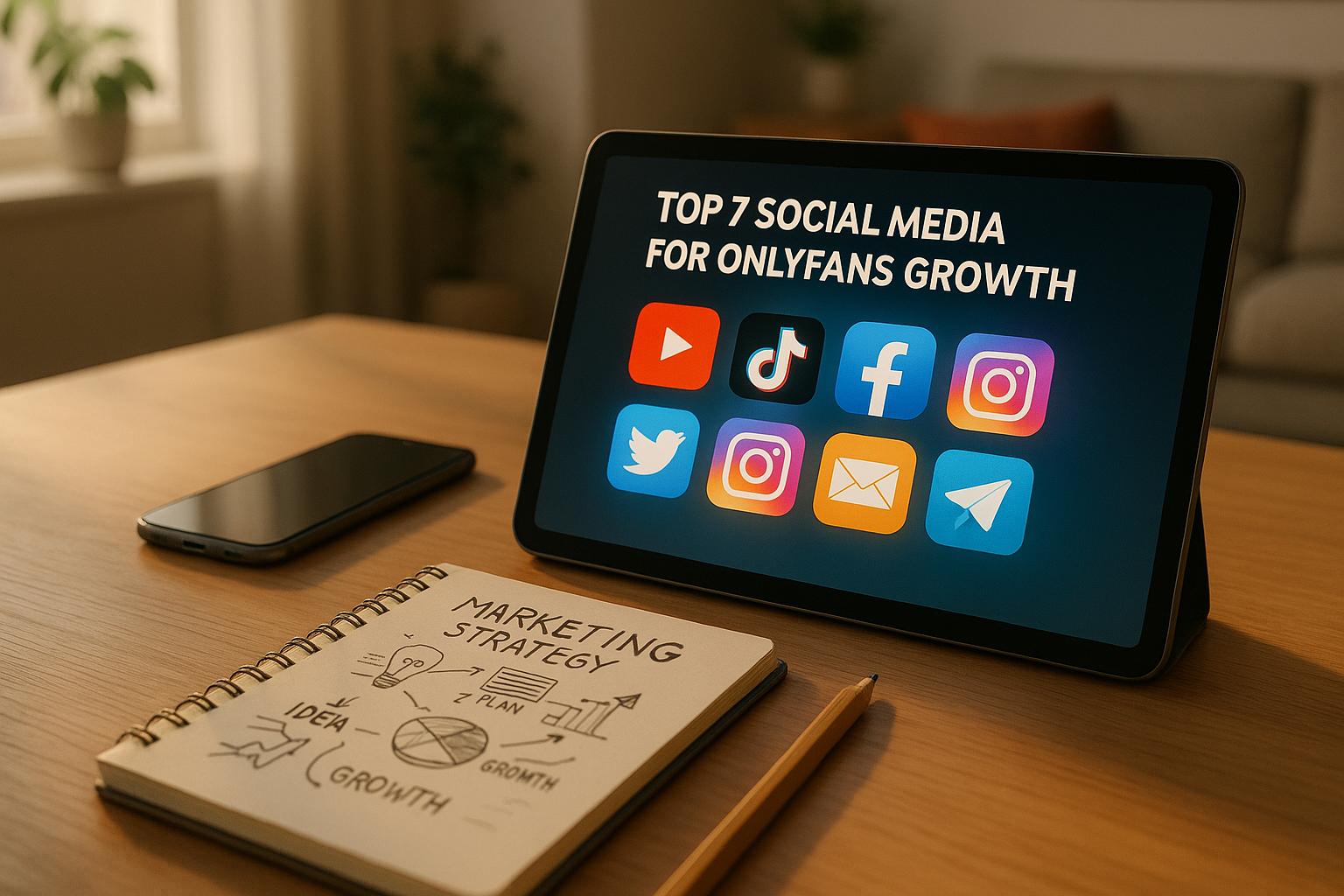


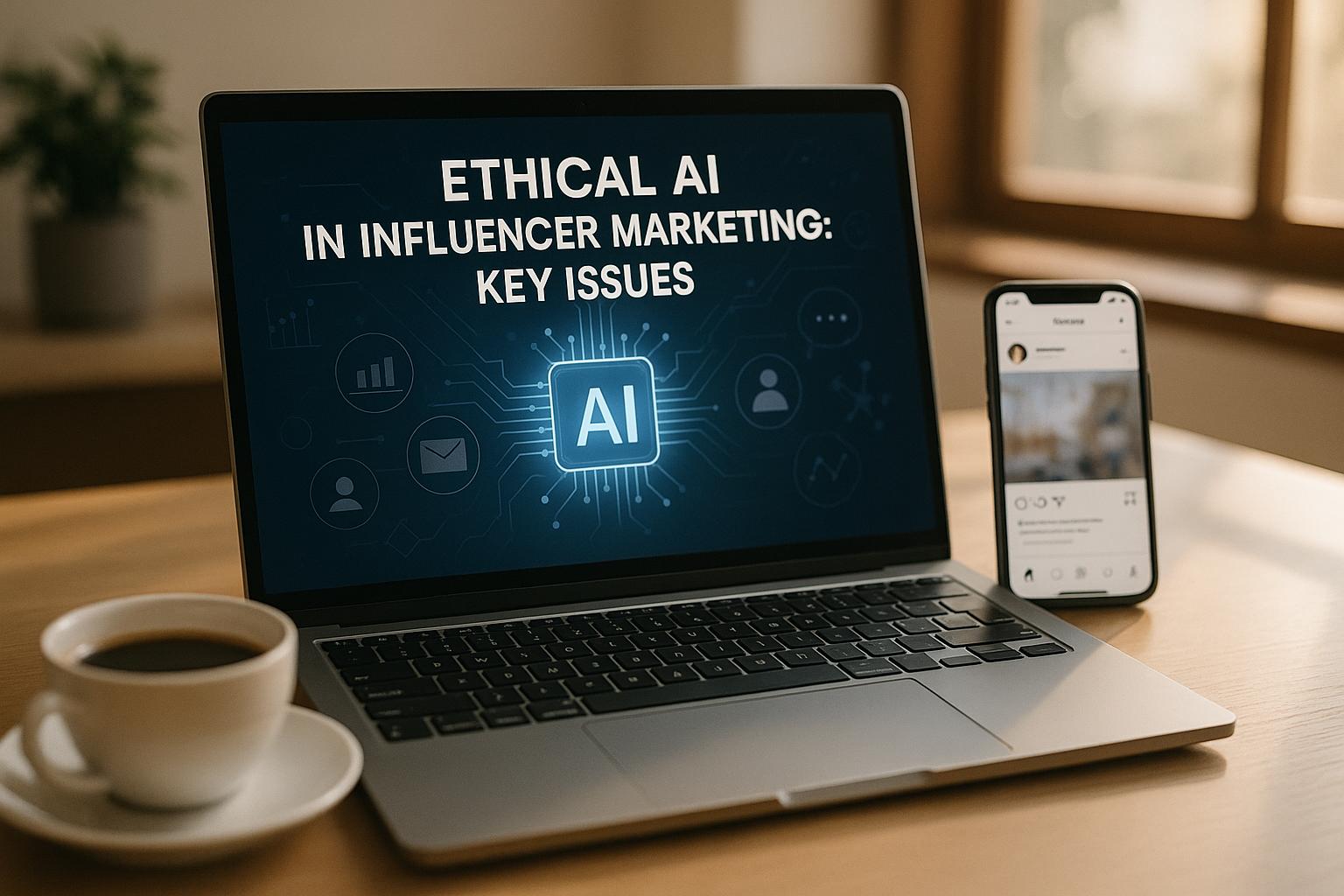
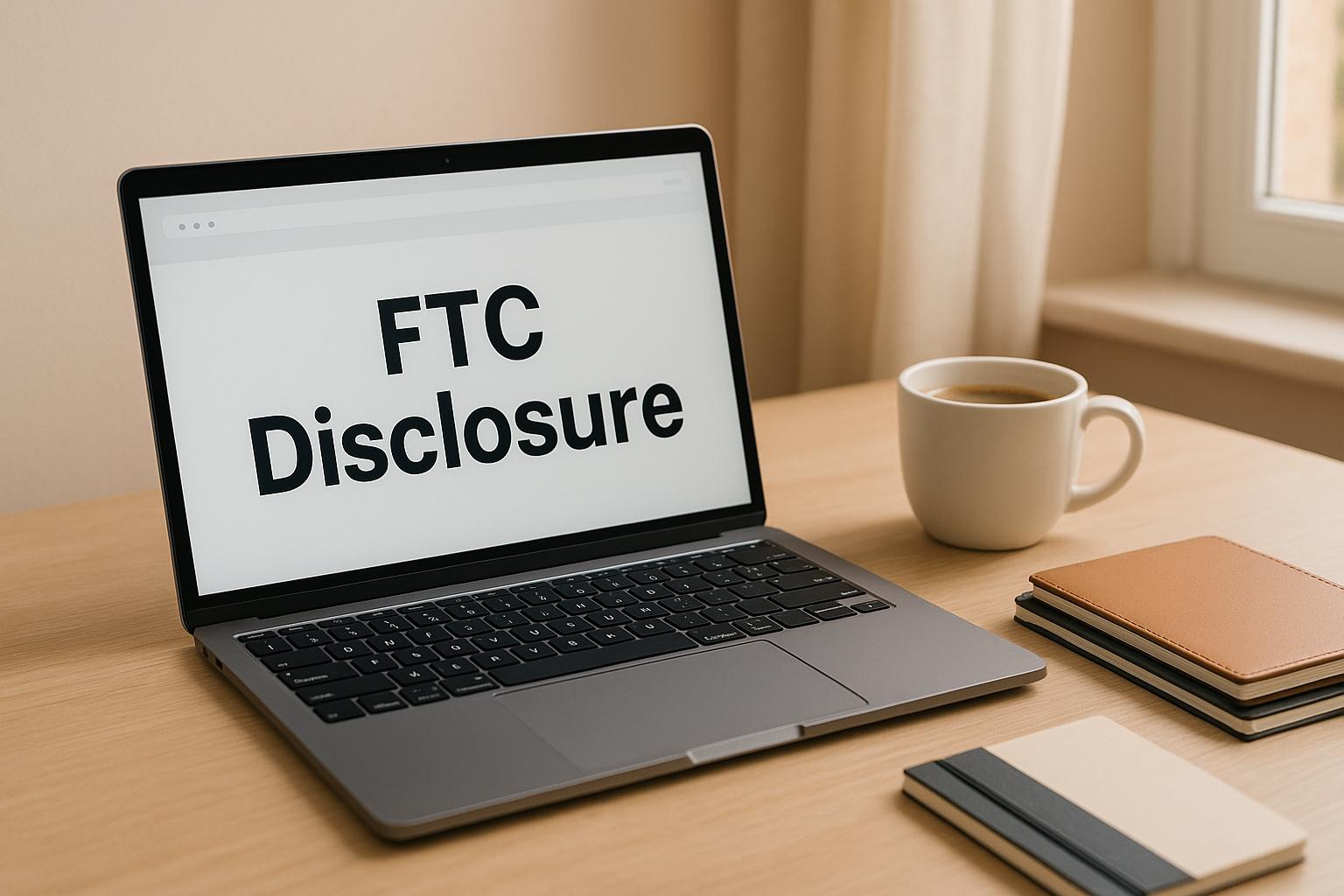

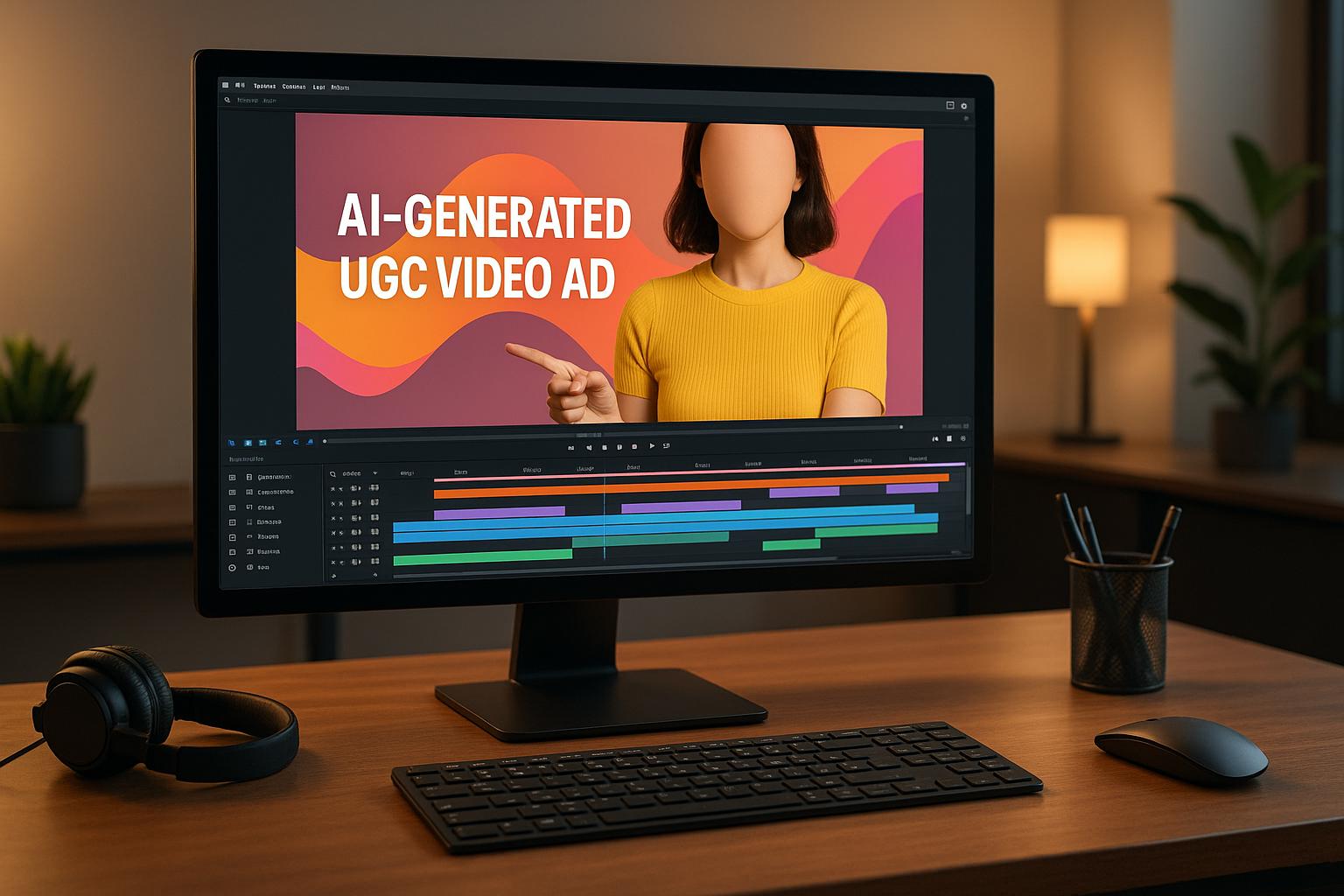

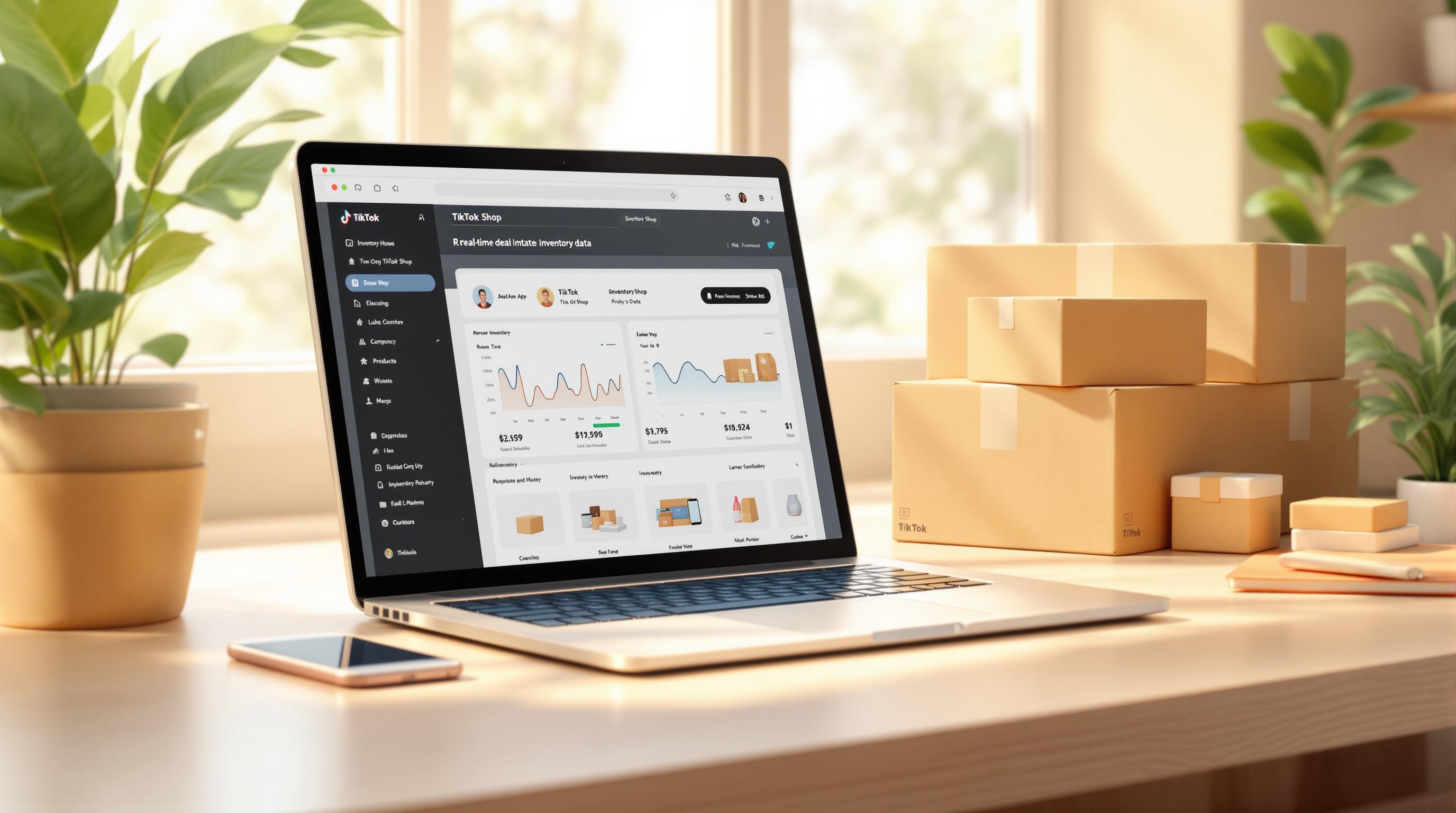


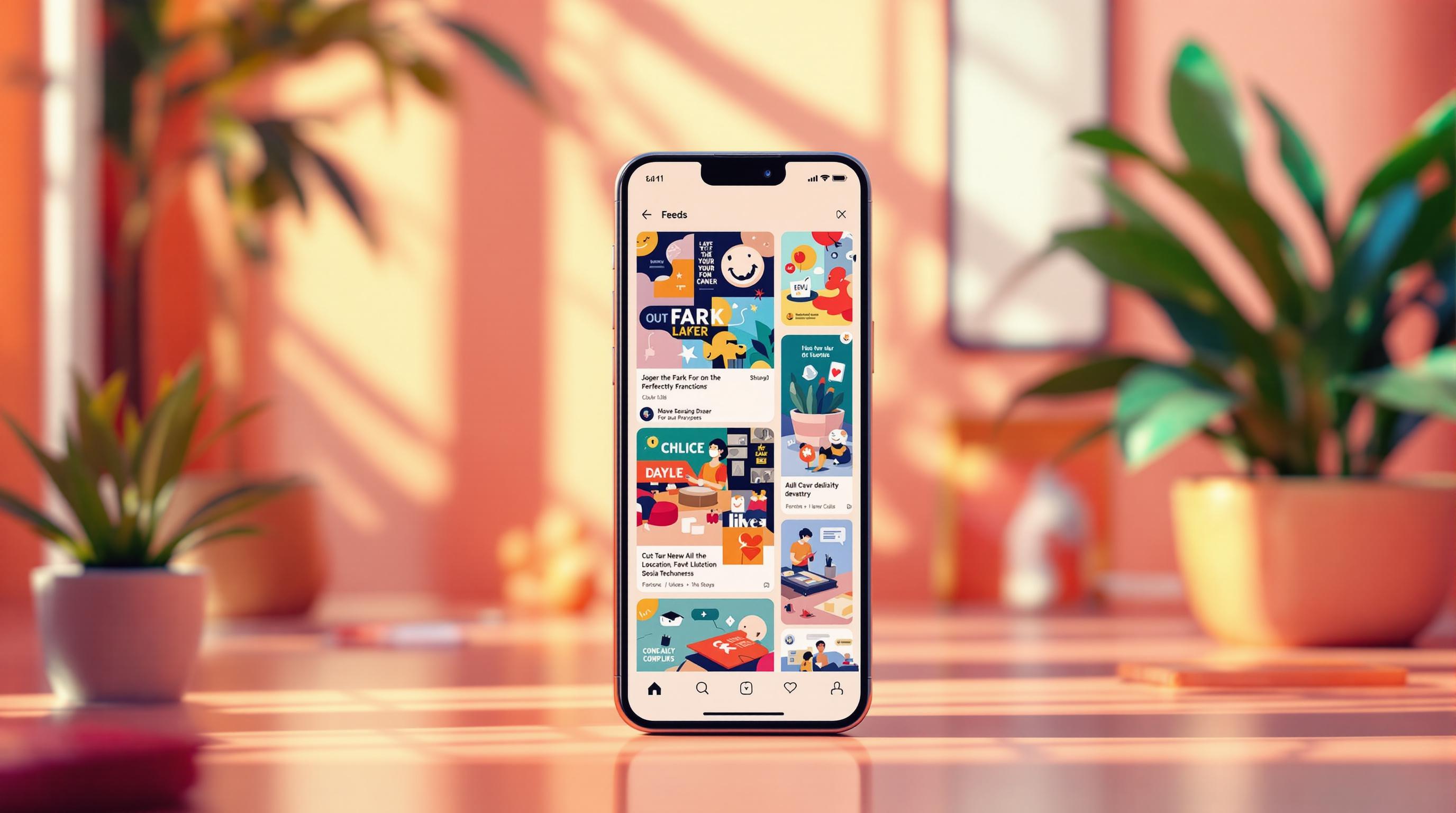

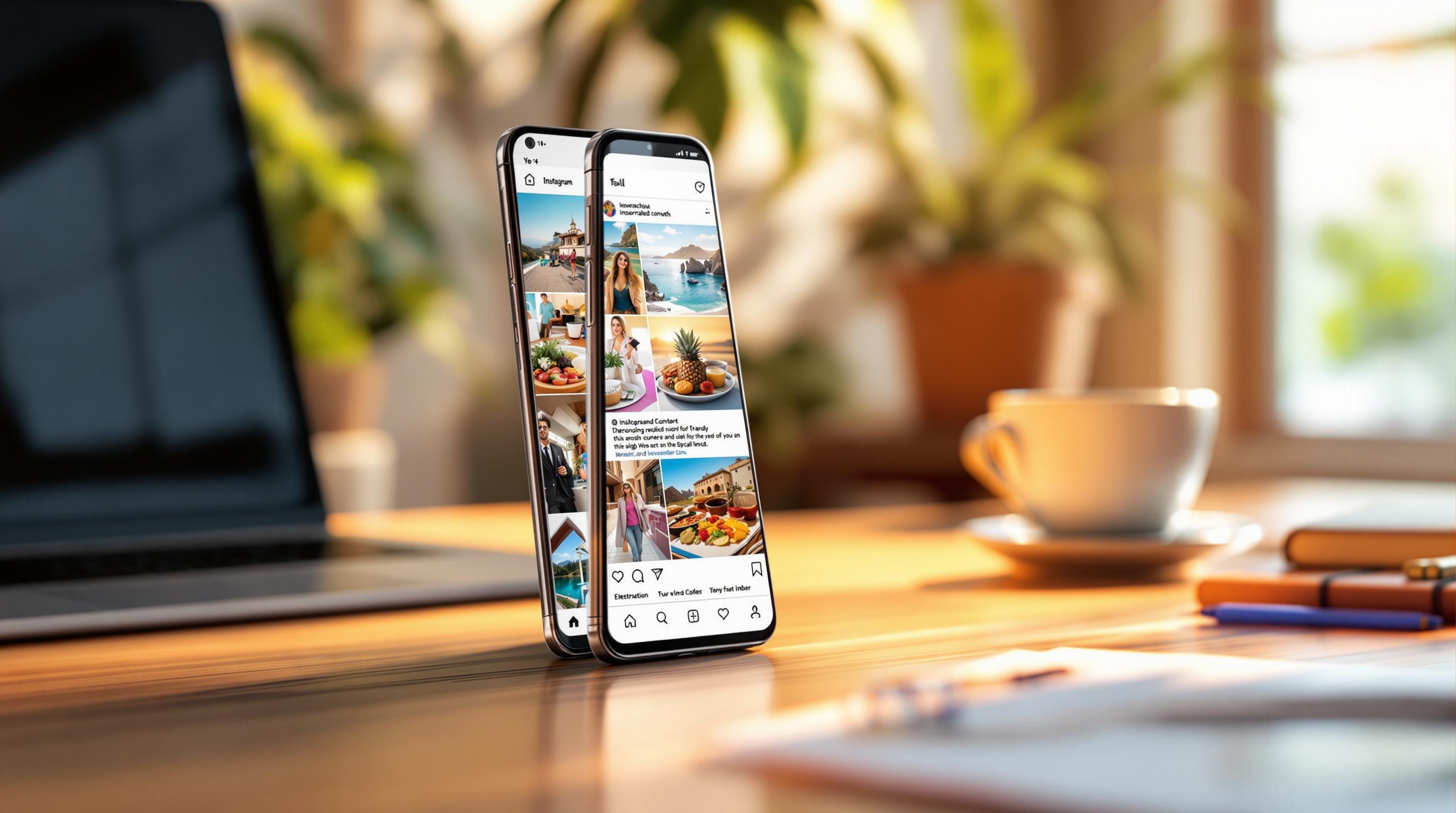


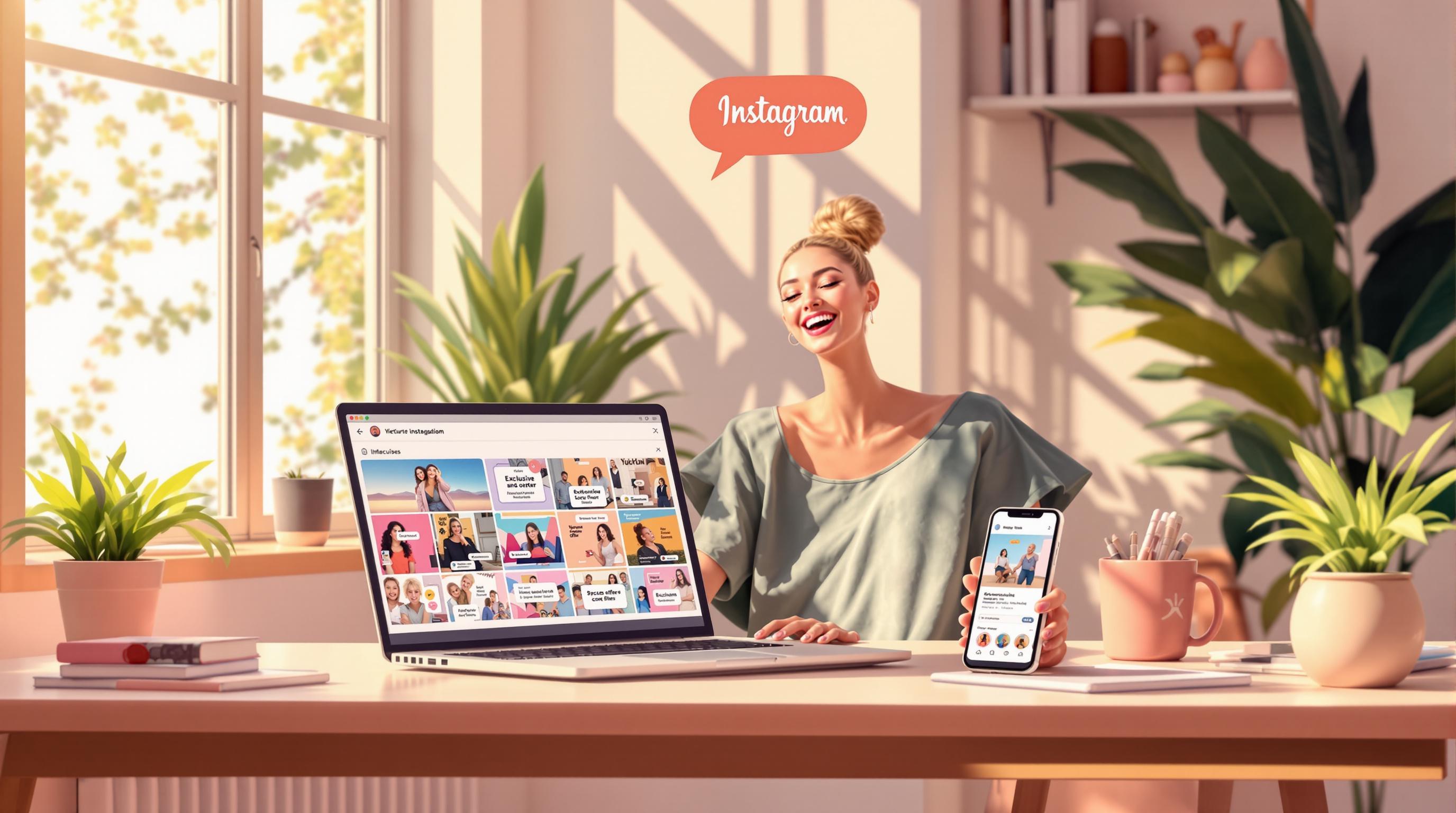




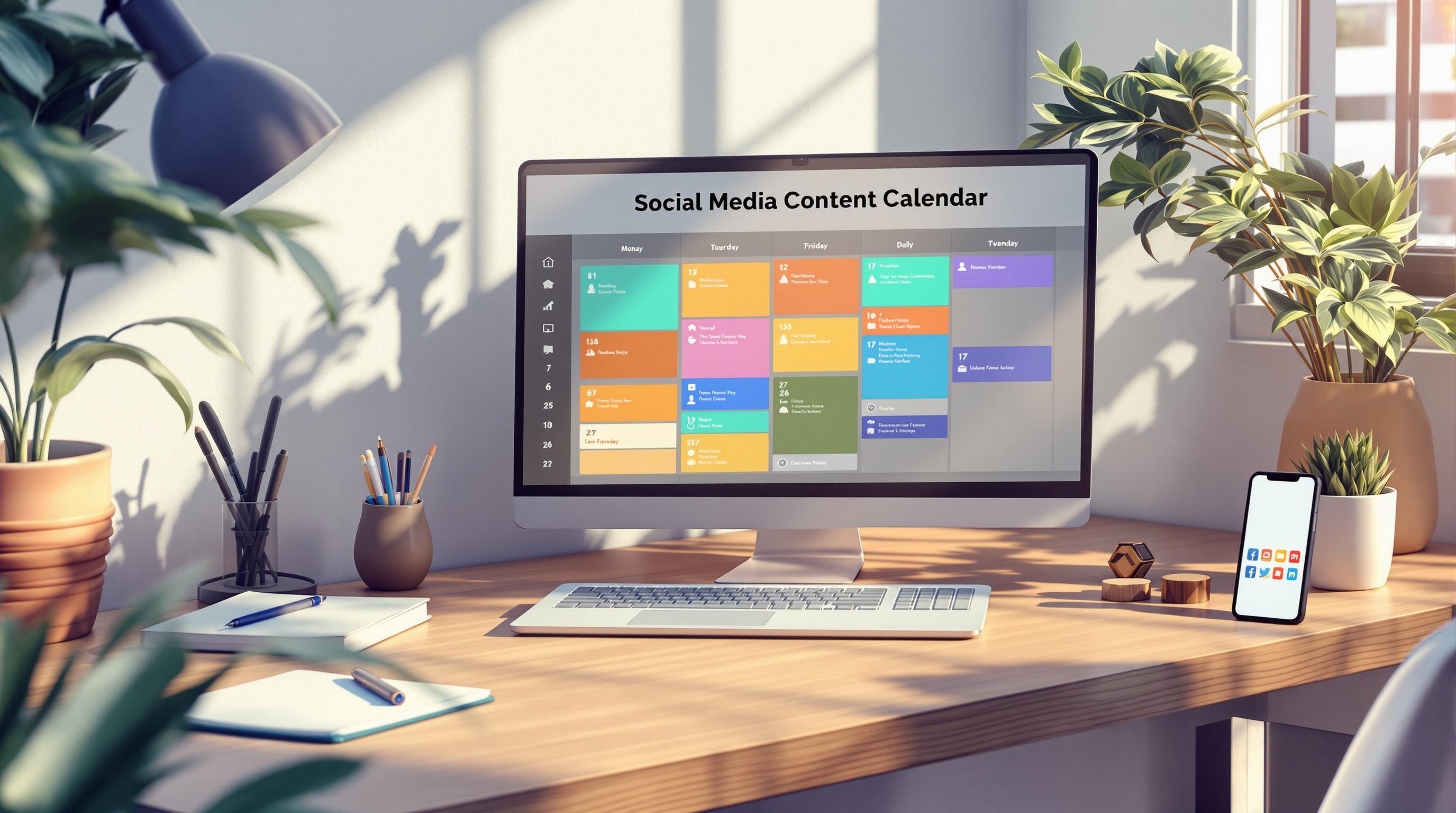


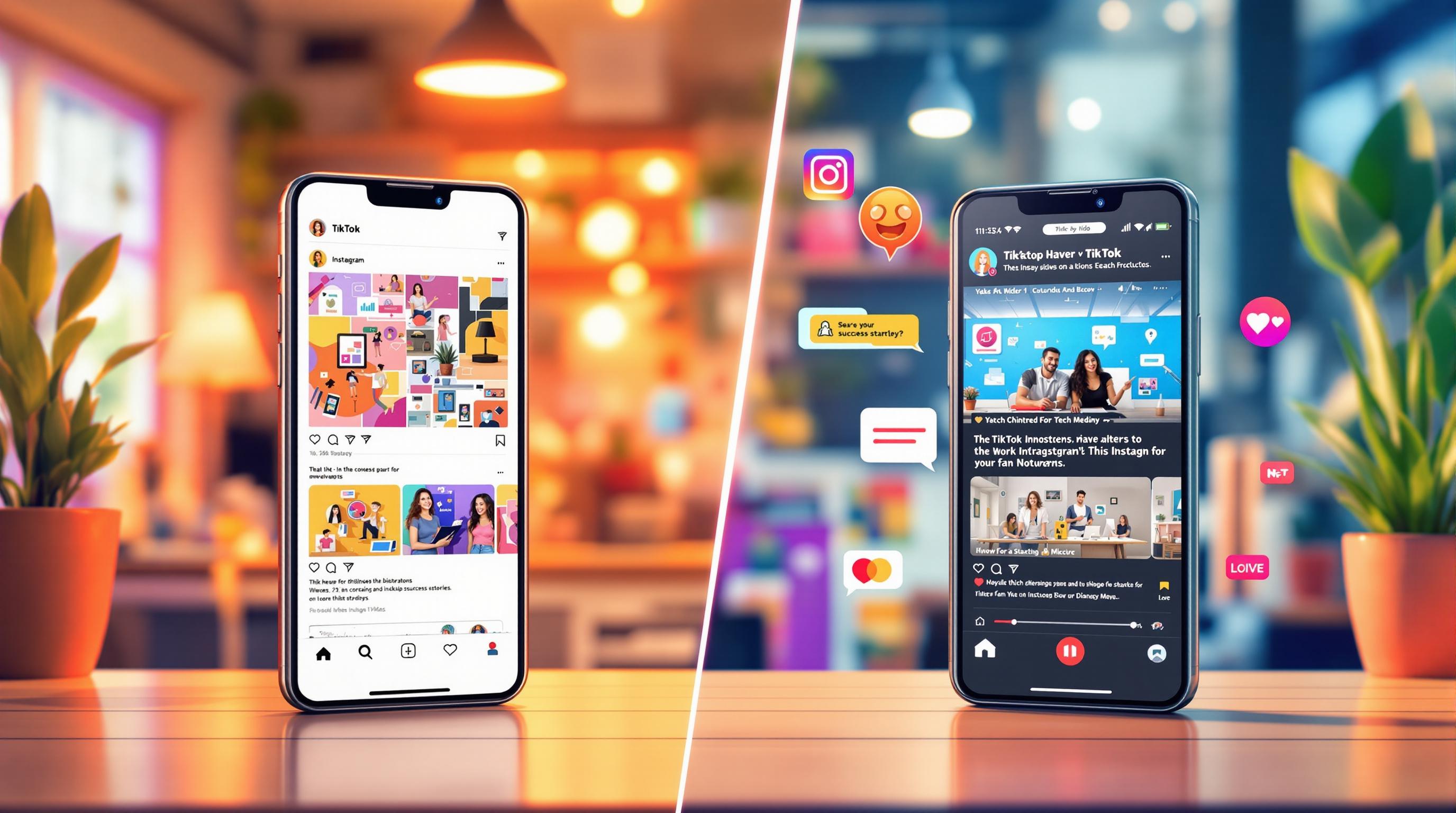
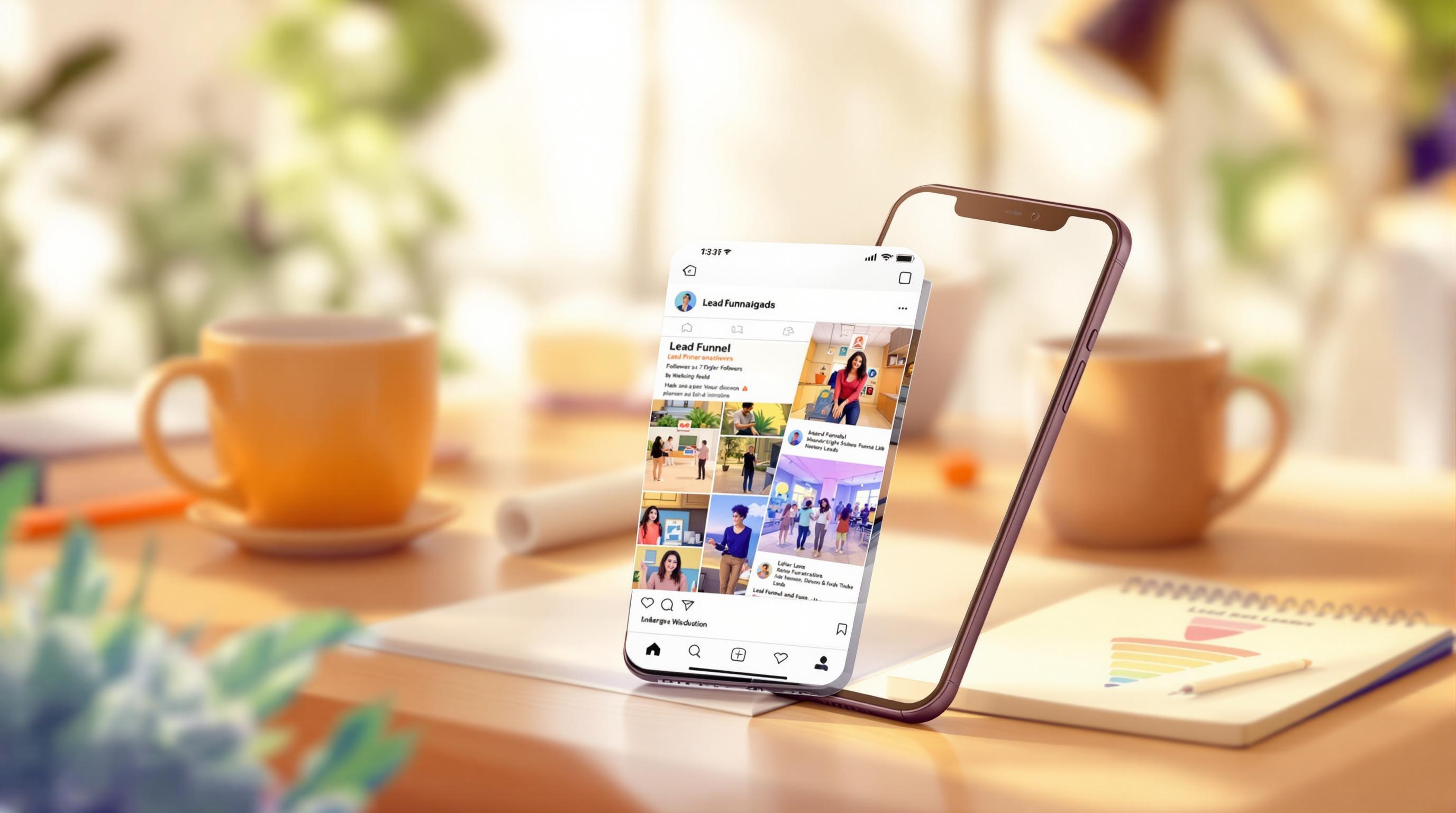

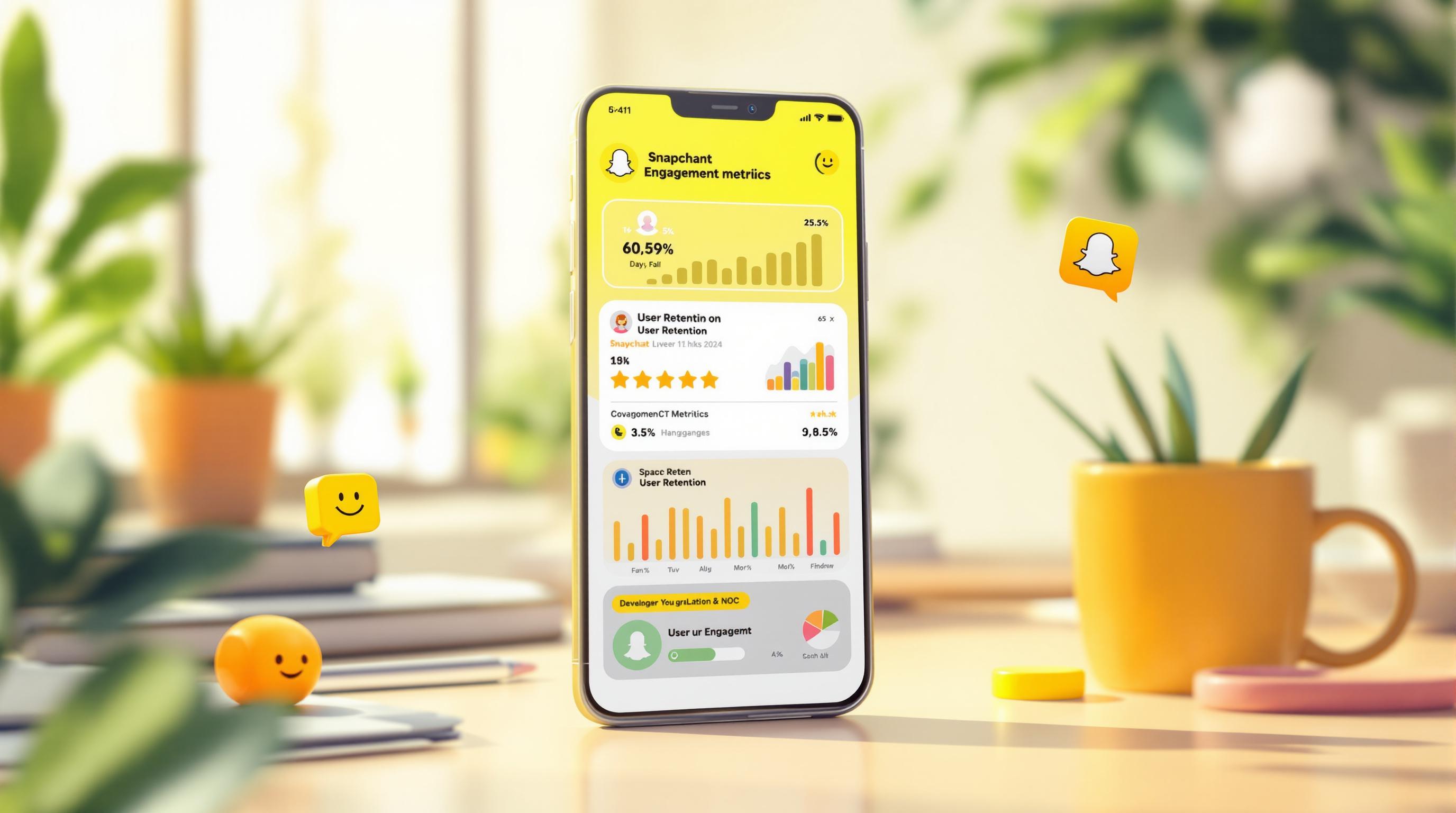
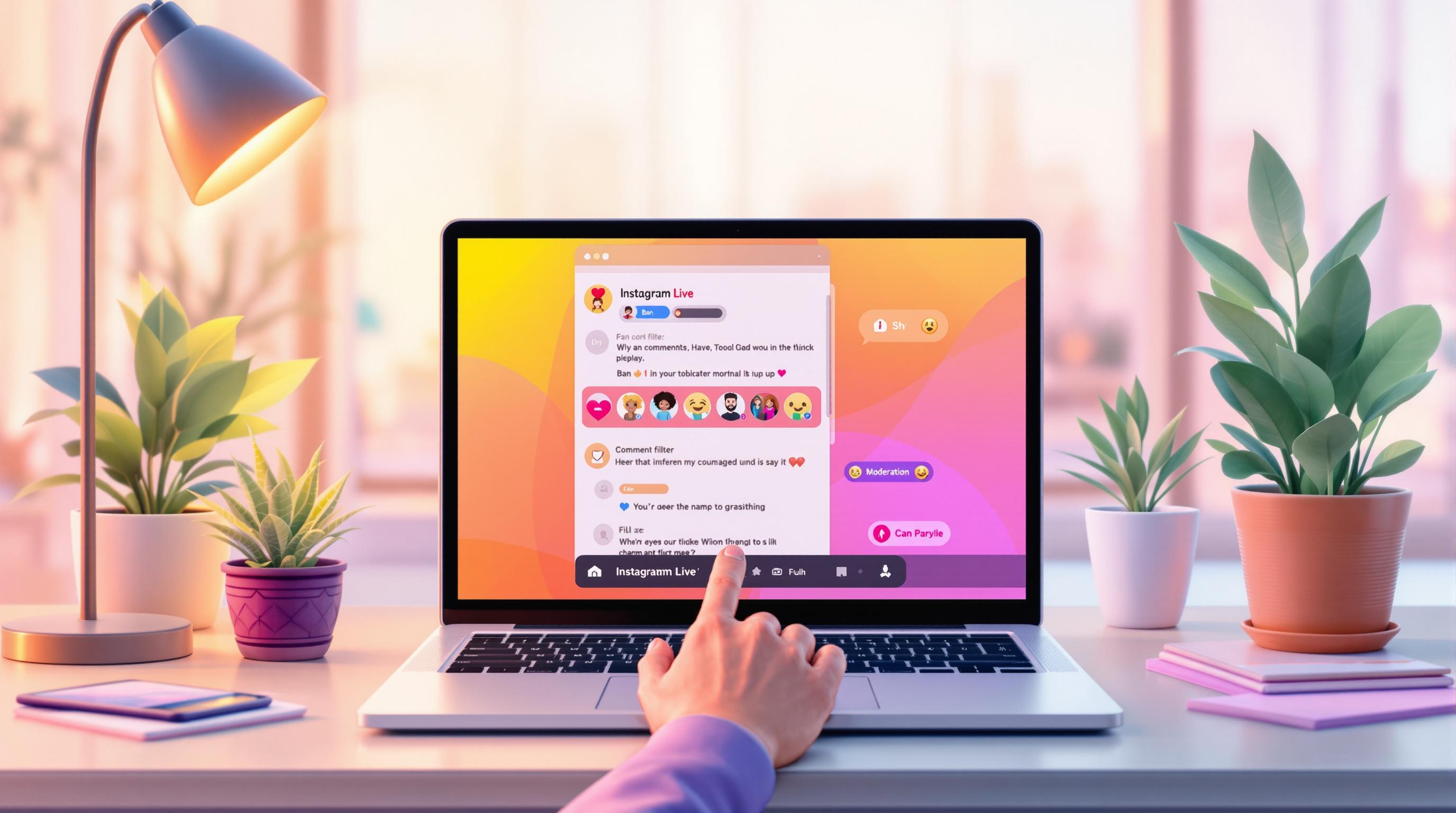



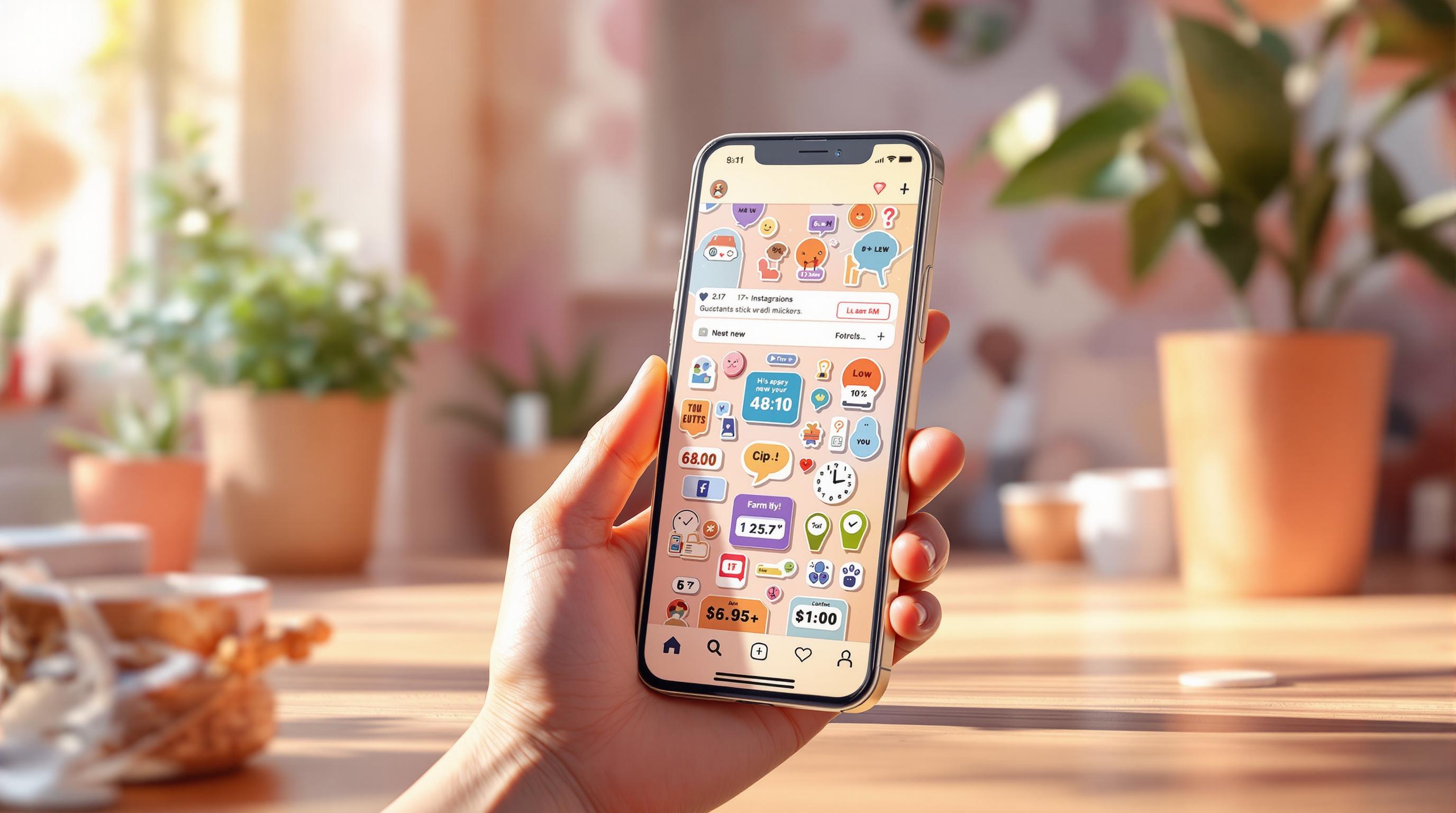
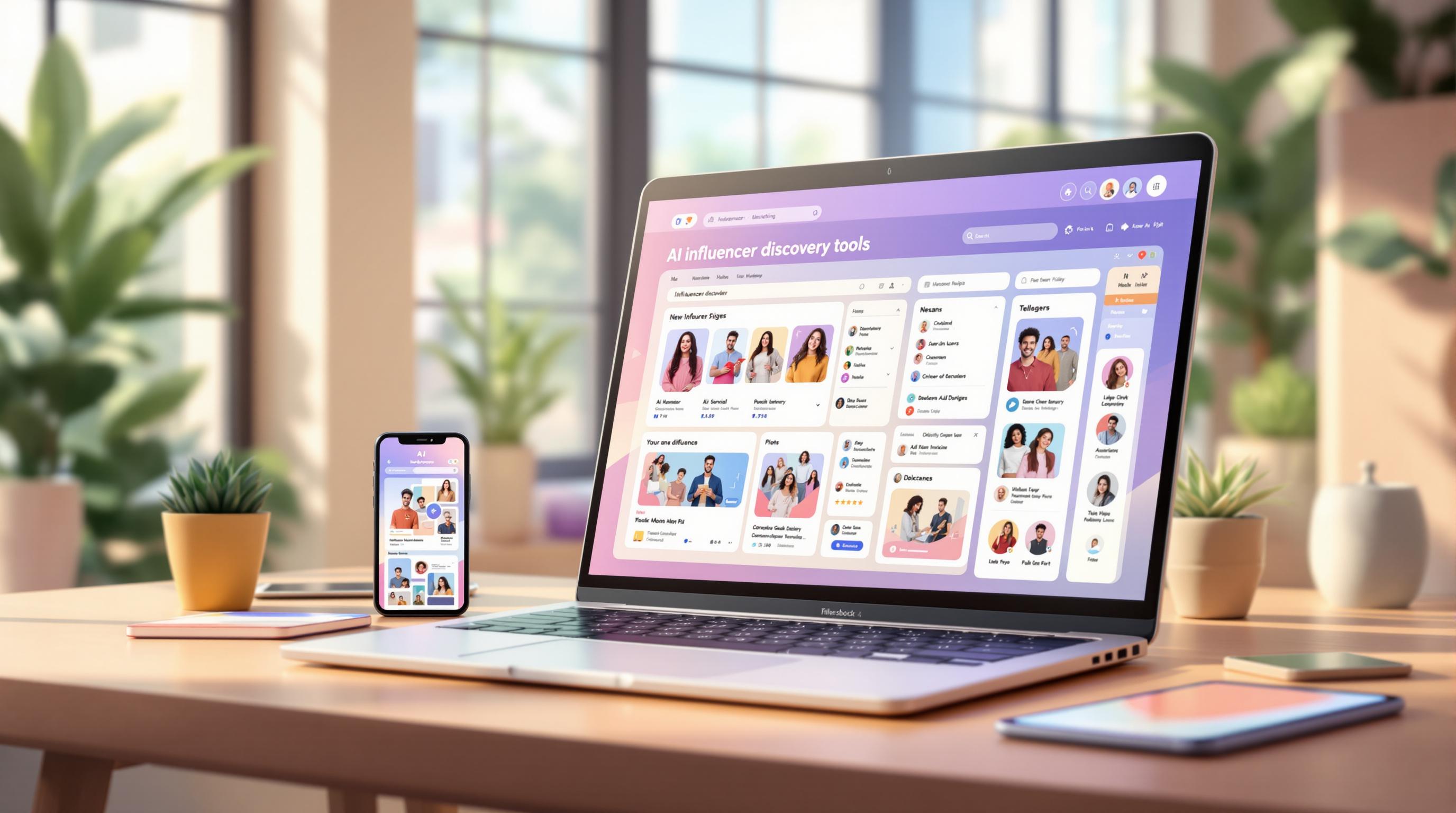


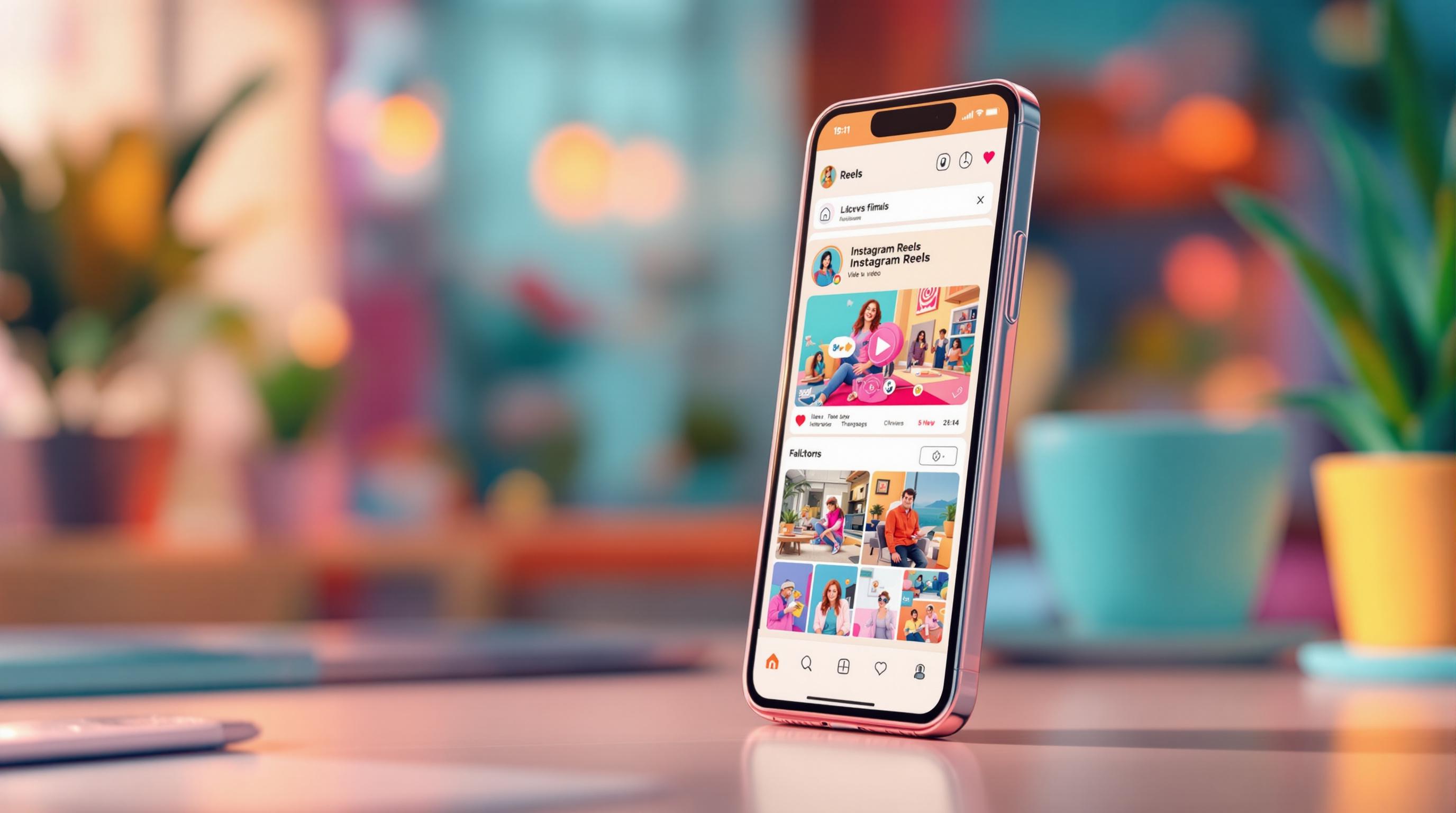
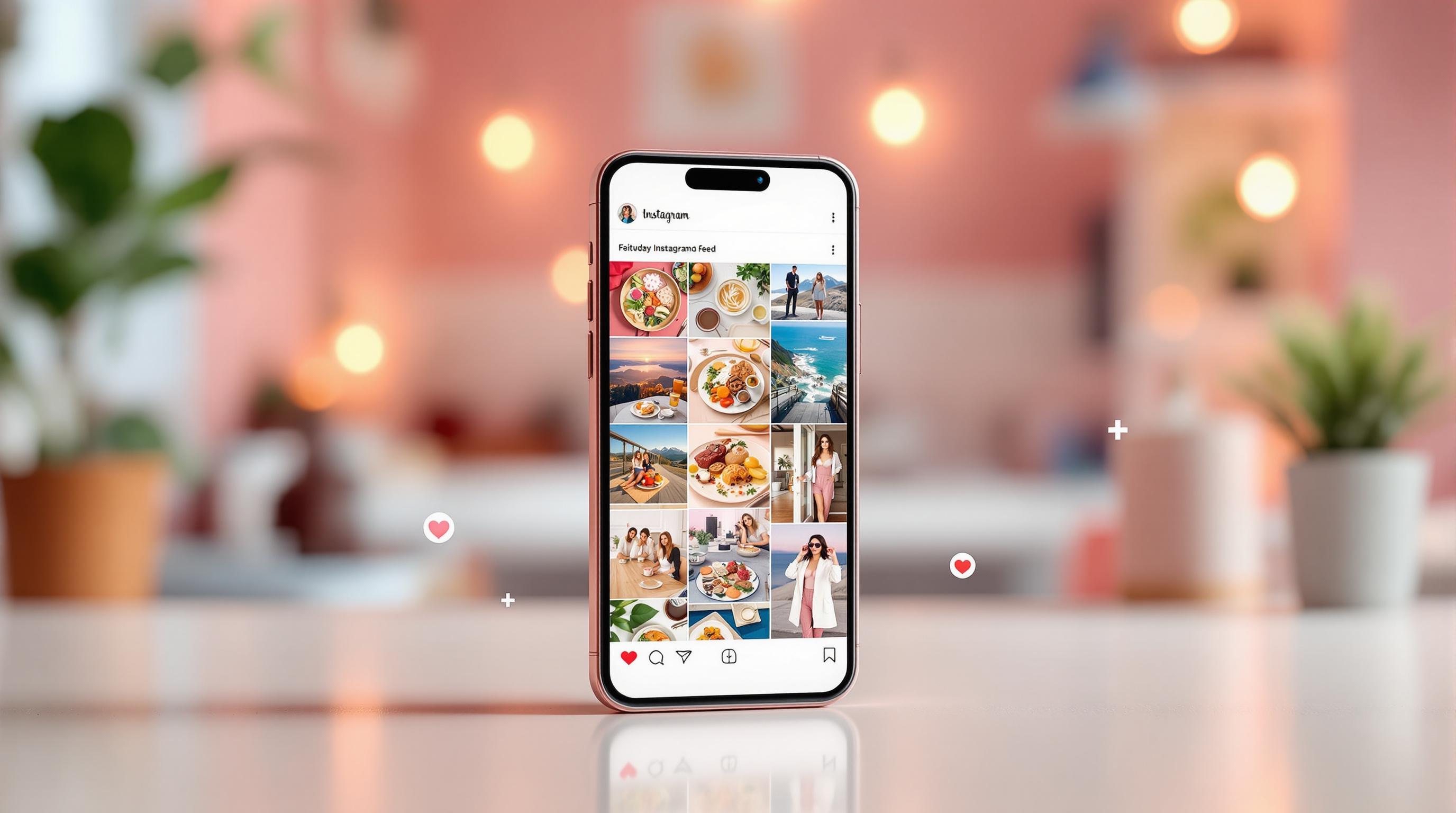

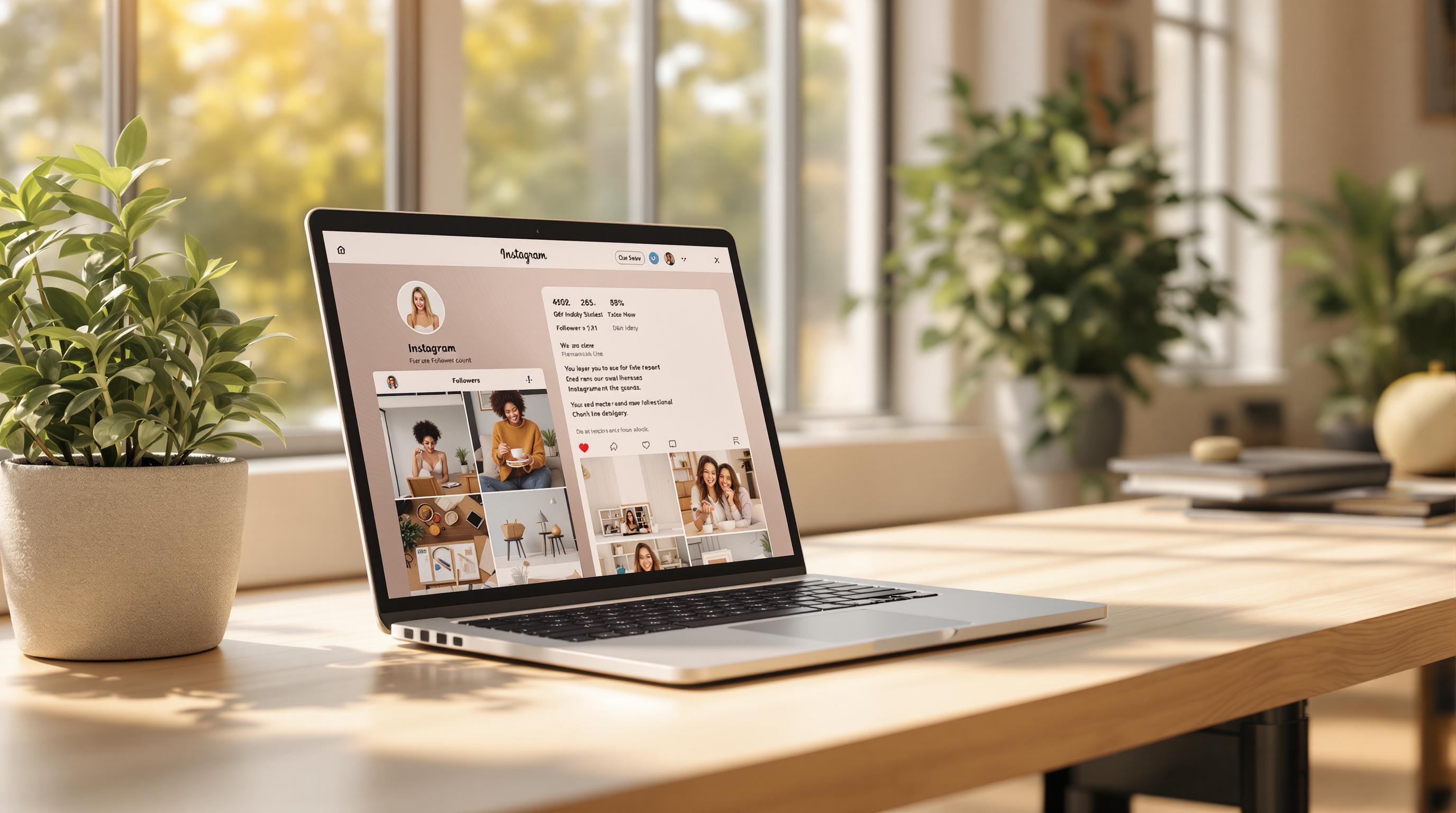

![Top 7 Best Instagram Growth Services in 2025 [RESULTS]](/cdn-cgi/image/fit=contain,format=auto,width=null/https://cdn.prod.website-files.com/67840d1d88a886f29a66a4c1/6795d12917ee4501b9eddf73_6795c731964f791db3b566c4-1737870861582.jpg)
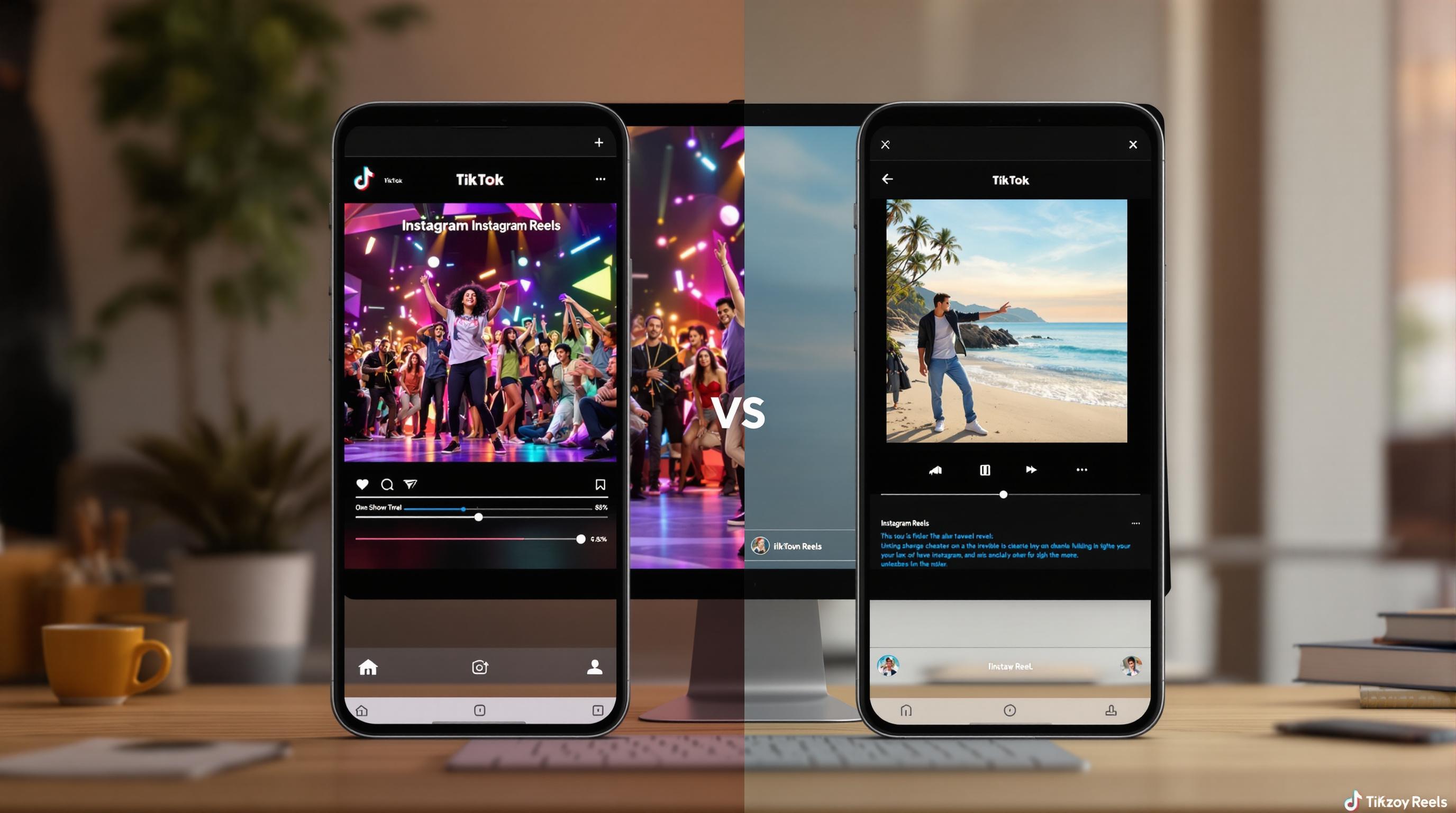
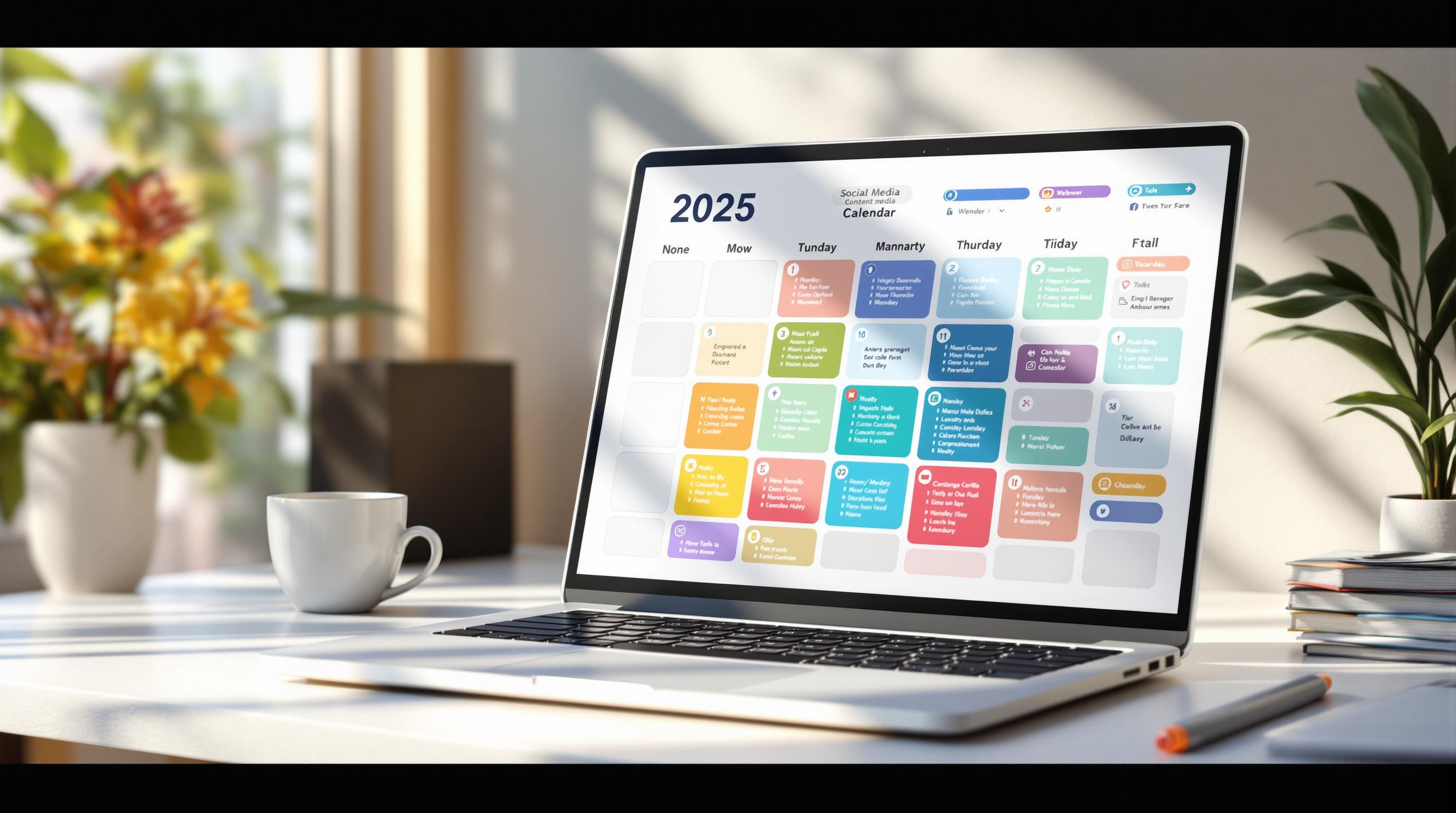
![UpGrow Review – The Best Instagram Growth Service in 2025 [TESTED]](/cdn-cgi/image/fit=contain,format=auto,width=null/https://cdn.prod.website-files.com/67840d1d88a886f29a66a4c1/6795040db42e404207732526_6794fd9c964f791db3b48de9-1737818779111.jpg)

